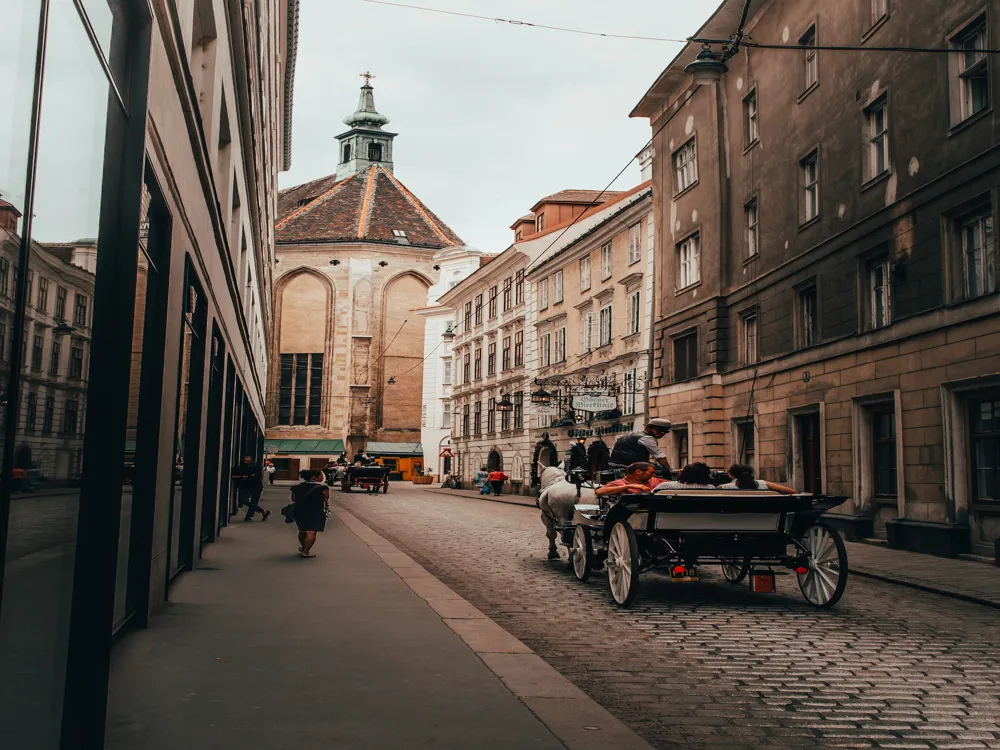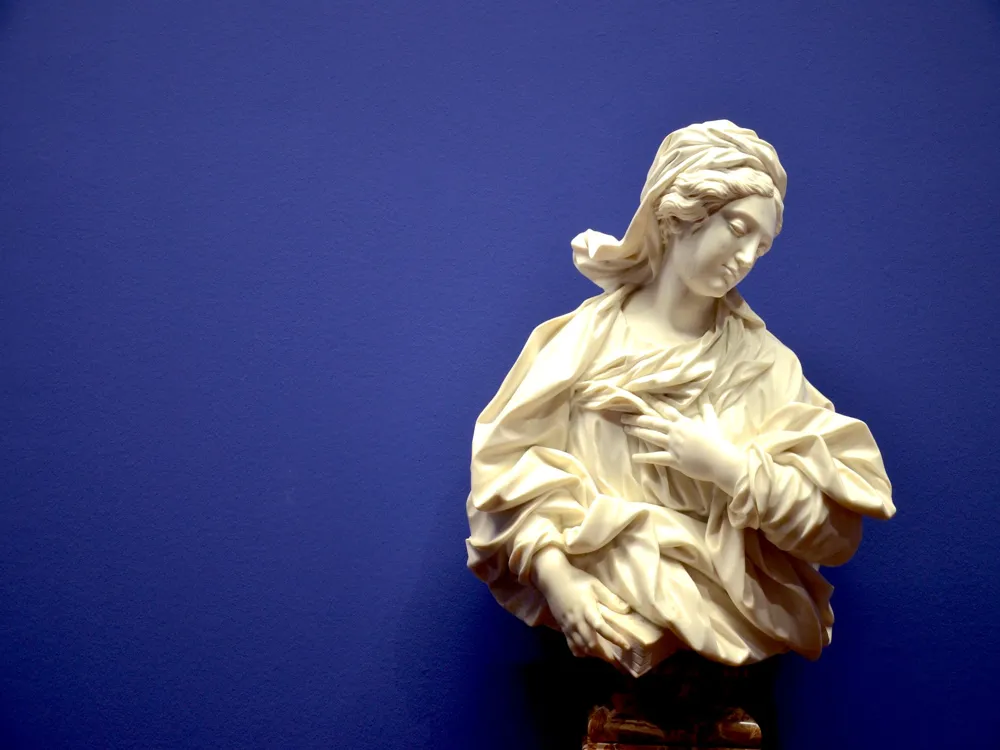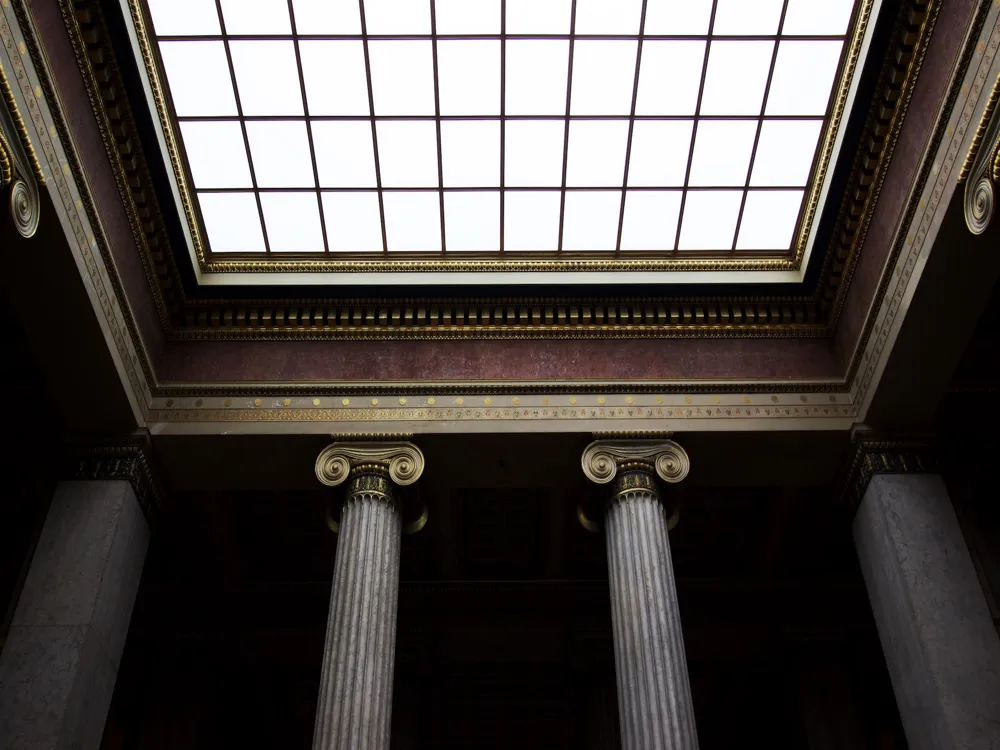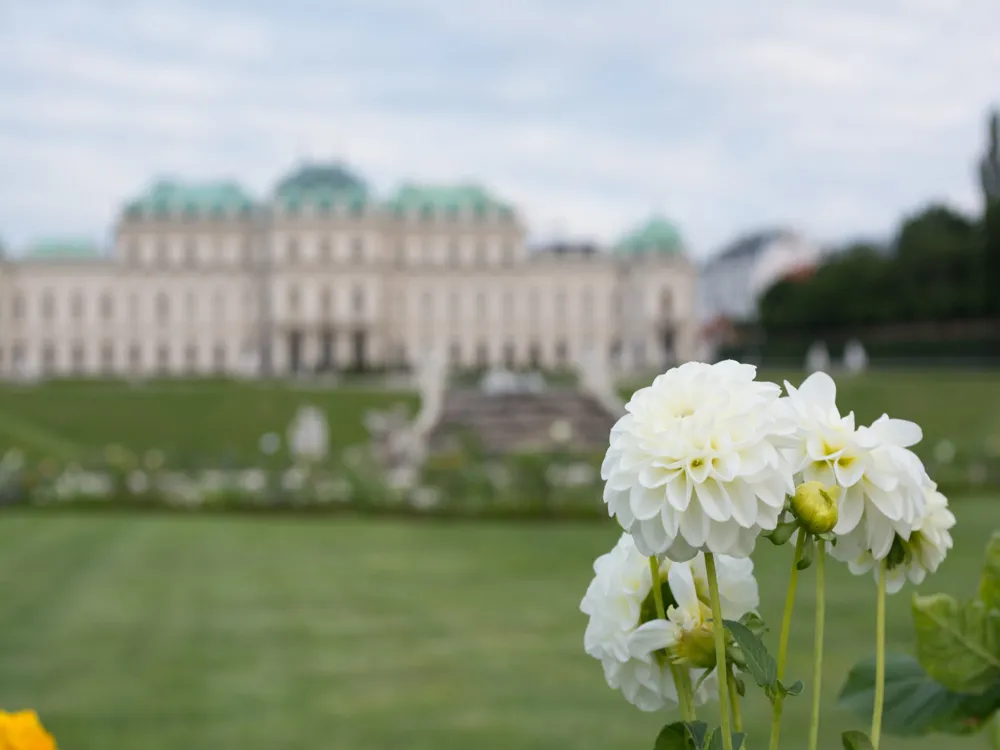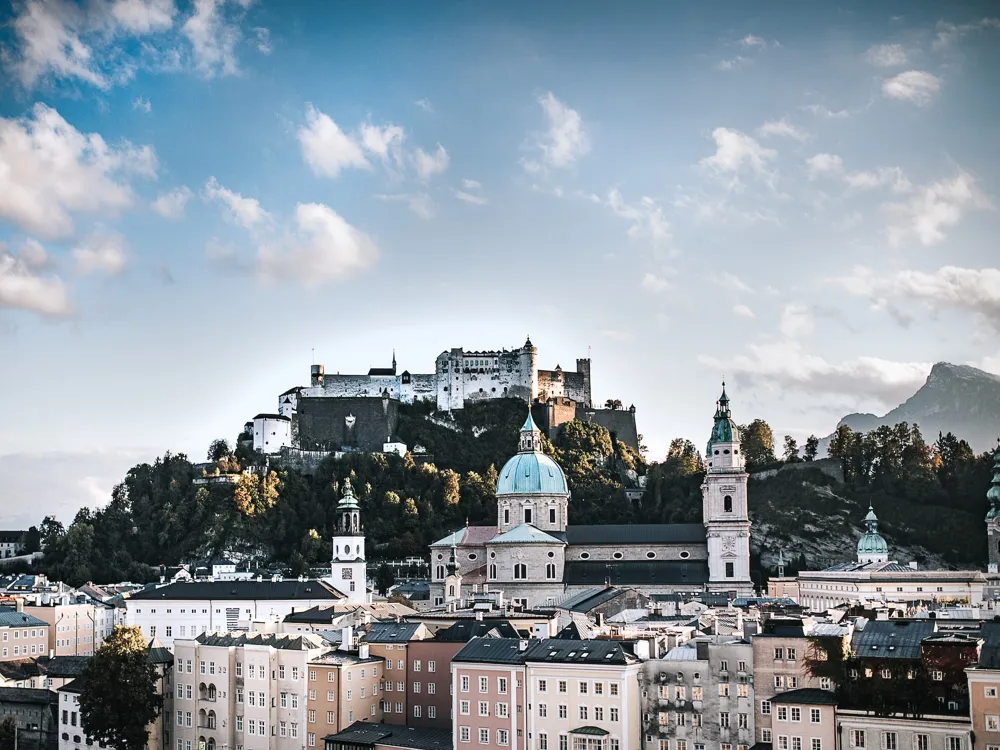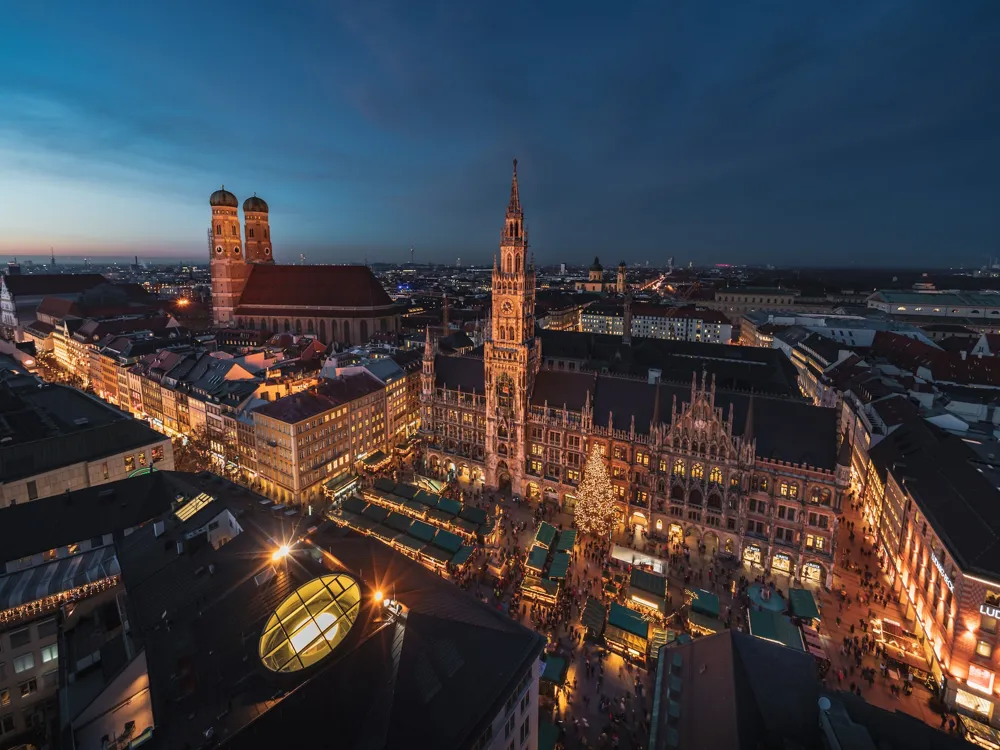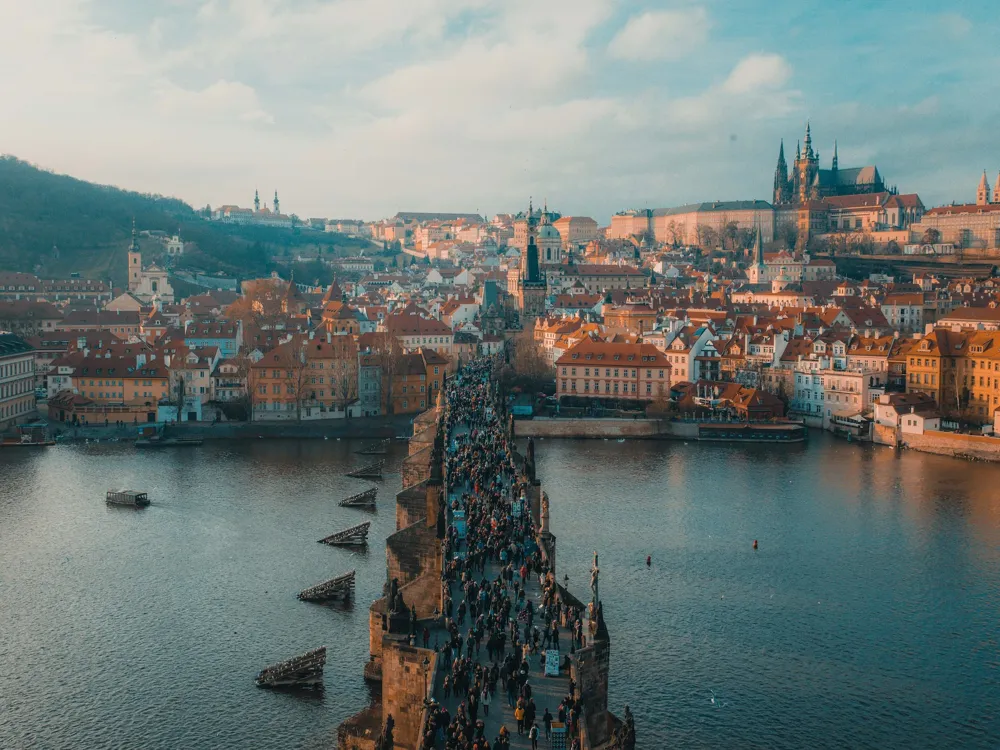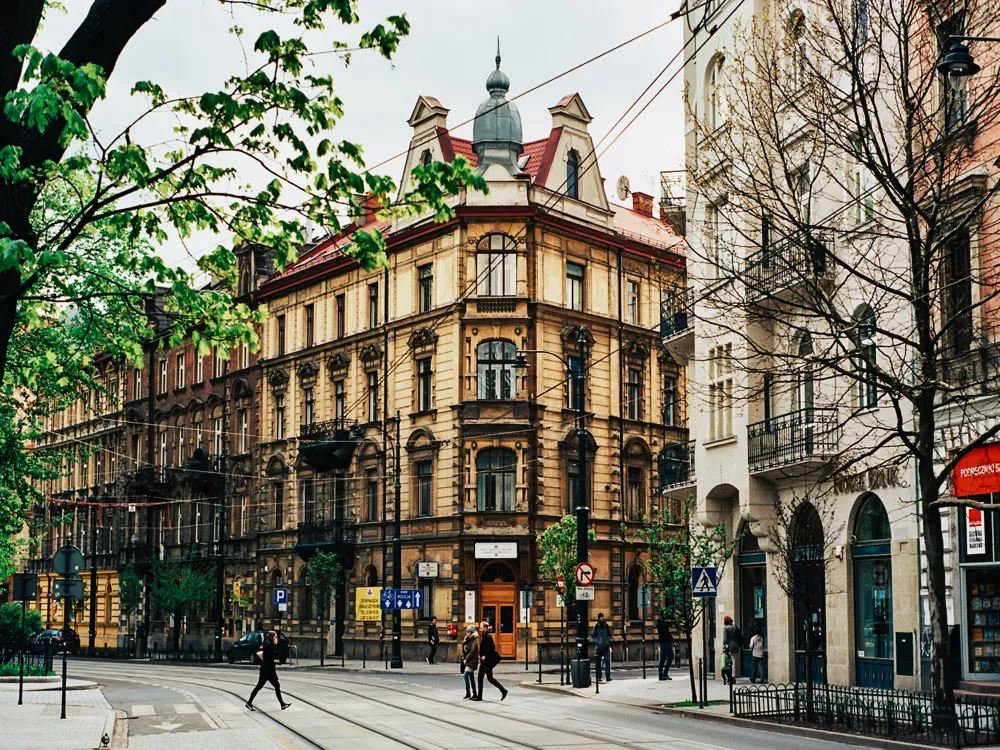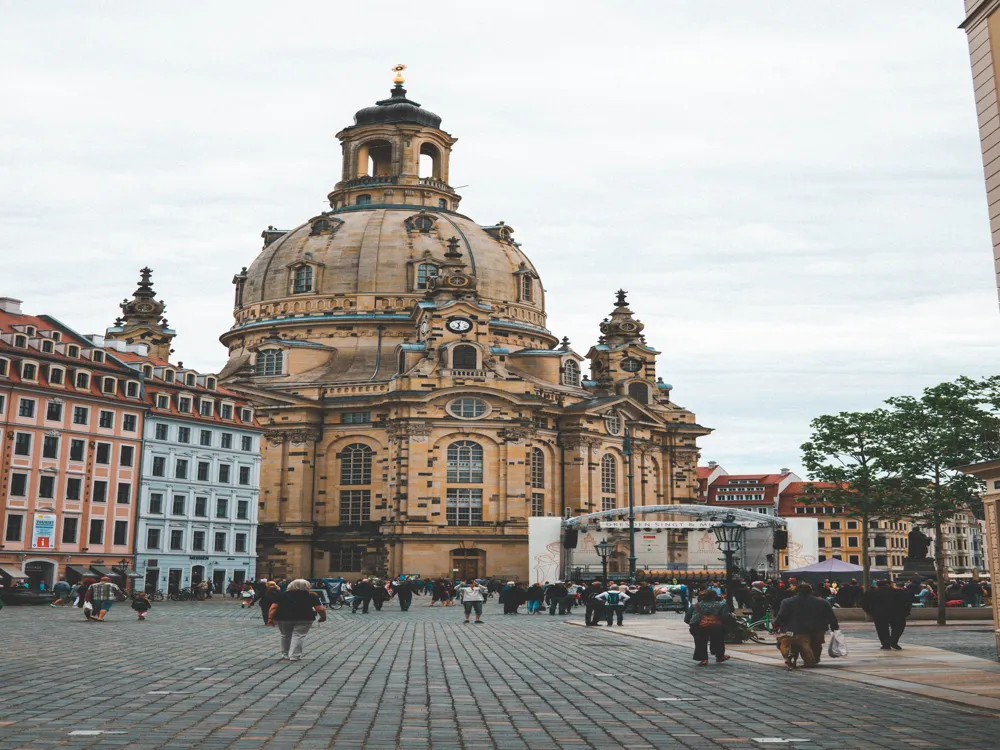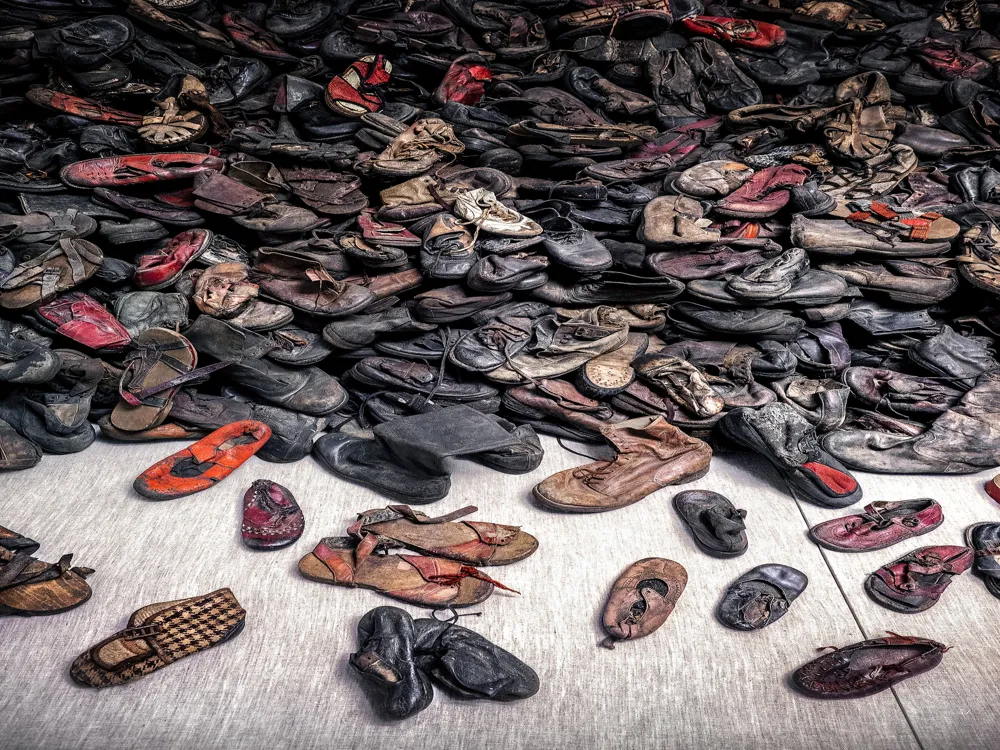The Church of St. Charles of Vienna, also known as Karlskirche, stands as a magnificent example of Baroque architecture in Austria's capital. Commissioned in the 18th century by Emperor Charles VI as a vow for the end of the plague, this church is dedicated to Saint Charles Borromeo, known for his efforts during the Milan plague. The church's architecture, rich history, and cultural significance make it a must-visit landmark in Vienna. The Church of St. Charles is renowned for its architectural brilliance, combining elements of Baroque, Greek, and Roman styles. The most striking features are its grand dome, inspired by the St. Peter's Basilica in Rome, and the two columns at the front, reminiscent of Trajan's Column in Rome. These columns are decorated with scenes from the life of Saint Charles Borromeo. The interior of the church is equally impressive, with elaborate frescoes, sculptures, and altarpieces that contribute to its awe-inspiring ambiance. Early morning or late afternoon times are recommended to avoid crowds and experience the church in a more serene atmosphere. Consider taking a guided tour to gain deeper insights into the church's history, art, and architecture. As a place of worship, visitors are advised to dress modestly, covering their shoulders and knees. Photography is allowed, but it's respectful to avoid flash inside to preserve the integrity of artworks. The Church of St. Charles is located in the heart of Vienna, easily accessible by public transportation. The closest metro station is Karlsplatz, served by lines U1, U2, and U4. Several trams, including lines 1, 62, and the Badner Bahn, also stop near the church. For those preferring to walk, the church is within walking distance from many central locations in Vienna, offering a pleasant stroll through the city's historic streets. Read More:Overview of The Church of St. Charles of Vienna
Architecture of The Church of St. Charles
Tips When Visiting The Church of St. Charles
Best Time to Visit
Guided Tours
Dress Code
Photography
How To Reach The Church of St. Charles
The Church of St. Charles
Vienna
₹ 62,900 onwards
View vienna Packages
Also Refered As:
Karlskirche
Vienna Travel Packages
View All Packages For Vienna
Top Hotel Collections for Vienna

Private Pool

Luxury Hotels

5-Star Hotels

Pet Friendly
Top Hotels Near Vienna
Other Top Ranking Places In Vienna
View All Places To Visit In vienna
View vienna Packages
Also Refered As:
Karlskirche
Vienna Travel Packages
View All Packages For Vienna
Top Hotel Collections for Vienna

Private Pool

Luxury Hotels

5-Star Hotels

Pet Friendly


